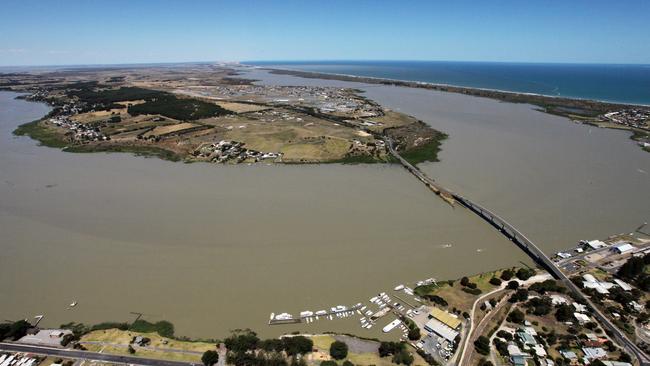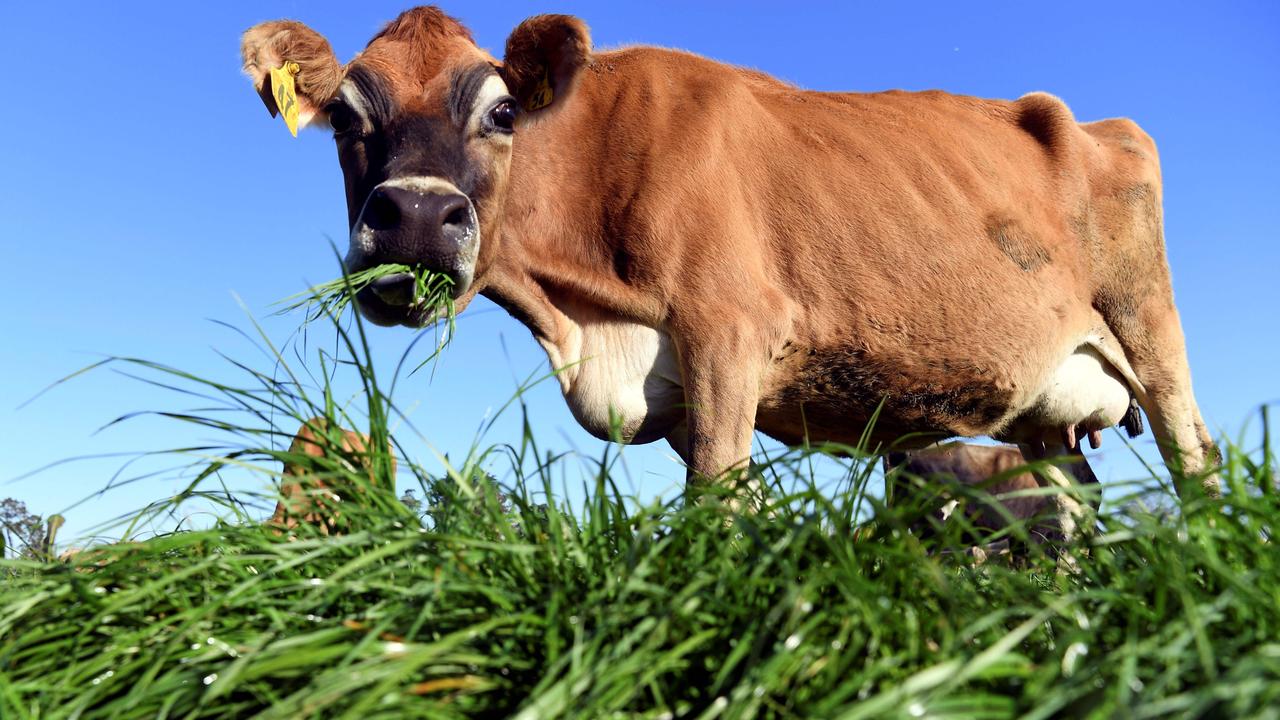Murray Darling Basin’s Lower Lakes science stuck in the mud, says CSIRO
South Australian scientists altered research findings on the state’s Lower Lakes, a CSIRO investigation has found.

EXCLUSIVE: A CSIRO investigation has found three South Australian scientists altered their past research findings “to emphasise” the state’s Lower Lakes had been fresh for the past 7000 years.
University of Adelaide researchers Jennie Fluin, her husband John Tibby and Deborah Haynes published a critical report in 2009, which stated: “there is no evidence in the 7000-year record of substantial marine incursions into Lake Alexandrina”.
The 2009 report, which was not peer-reviewed, formed the foundation of the South Australian Government’s argument the lake must be kept fresh, which was eventually enshrined as a key objective of the 2012 Murray Darling Basin Plan — to always keep salinity in the lake at less than 1500EC (seawater is about 50,000EC)
Yet just two years prior to publishing their 2009 report the same researchers published an article in the journal Hydrobiologia, along with two other scientists, which found the lakes salinity levels had risen and fallen over the past 7000 years, based the silica skeletons of differing algal species (diatoms) preserved in lake sediments.
It wasn’t until last year that one of the five authors of the original 2007 paper, Federation University Professor Peter Gell, blew the whistle on his former colleagues, highlighting how they had amended their original findings to emphasise the lakes were fresh.
That claim was backed by the CSIRO, whose Independent Review of Lower Lakes Science Informing Water Management found: “there was intent in Fluin et al. (2009) to emphasise the largely freshwater condition in the lake over and above what was done in the Fluin et al. (2007) paper.”
CSIRO found the statements in the executive summary of Dr Fluin and her colleagues’ 2009 paper that “there is no evidence in the 7000 year record of substantial marine incursions into Lake Alexandrina” and their conclusion that “the majority of the Lake has been fresh for its entire history” did not fully acknowledge the degree of variation in the Lower Lakes salinity.
“For example, there are clear contrasts between the Goolwa Channel core indicative of higher salinity, the core from the north of Lake Alexandrina showing very low salinity, and the mid-basin cores indicative of intermediate salinity.”
The CSIRO team also highlighted how the SA scientists had altered their research findings from stating the diatom evidence indicated “marine influence” in 2007, to then state in 2009 it indicated “minor marine influence”.
“Similarly, while Fluin et al. (2007) suggest the diatom assemblages suggest ‘increased penetration of seawater’, Fluin et al. (2009) suggest ‘increased penetration of more brackish water’.”
However the CSIRO-led review team concluded “our assessment is that Fluin et al. (2009) did not misrepresent conclusions of the original paper, but downplayed marine influence in its interpretations”.
“The weight of evidence points towards the Lower Lakes being largely fresh prior to European settlement, with moderate tidal influence and incursion of seawater during periods of low river inflows.”
In examining the water management of the lakes and Coorong the CSIRO found it was based on an extensive body of knowledge, data and modelling.
“Nevertheless, there are gaps, particularly in the spatial and temporal details, and under different scenarios of hydroclimates and engineering and management interventions,” CSIRO reported.
As for removing the barrages the CSIRO team found:
LAKE Alexandrina would be seasonally estuarine, with prolonged periods of high salinity during droughts;
LAKE Albert could become a salt trap and have high salinity for long periods;
THE loss of freshwater value would threaten the Ramsar ecological character, and would negatively impact traditional owner values, socio-economic values, and potentially offtake for drinking water and irrigation; and
UNDER climate change, there is likely to be less freshwater inflow, and higher sea level would alter the geomorphology and hydrodynamics of the Coorong and Murray Mouth. However, there are significant knowledge gaps and future projections span a large range.
MORE
SA RESEARCHERS CHANGED MURRAY DARLING BASIN PLAN SCIENCE
SCHEME’S DRAINING EFFECT AS 583,182 MEGALITRES EVAPORATE OFF SA’S LOWER LAKES


